Overwatch 2 has launched worldwide, and players enjoy the title so much. Blizzard Entertainment has done a great job with this edition as a sequel to the 2016’s hero shooter Overwatch, and due to the free-to-play version, it’s getting an overwhelming number of active players. However, some players are still trying to set the Overwatch 2 Best Graphics Settings for Nvidia 3070, 3080, 3090, 1060, 1070, 2060, 2080, and more graphics cards. If you are looking the best graphic settings to play Overwatch 2, you also can try ExitLag. This program helps to reduce lag and packet loss. You also can use their FPS boost feature to play Overwatch 2 in the best frames per second. Start your ExitLag free trial using this link.
If you’re one of the Overwatch 2 players on the PC version and facing issues with the game launching smoothly or the in-game performance, then don’t worry. Here we’ve shared a couple of possible workarounds for you that should come in handy. Additionally, we’ve mentioned the best possible in-game graphics settings for Overwatch 2 PC version so that you can get the best-ever gaming experience with the optimized graphics and visuals.
The main reason behind suggesting and using the best graphics settings for the PC game is just to get a smoother gameplay experience with higher framerates, even on a standard machine. Obviously, the higher the PC configuration and the more powerful the graphics card you have, the smoother gameplay you’ll receive. However, even using an entry-level or mid-range gaming PC, you’ll be able to achieve 60 FPS on average for smoother gaming.
Also Read
Does Overwatch 2 Support Split Screen?
Fix: Overwatch 2 League Tokens Not Showing Up After Purchase
How To Fix The Mobile Authentication Error On Overwatch 2
Modern Warfare 2 Best Graphics Settings for 3070, 3080, 3090, 1060, 1070, 2060, 2080, and More
Fix: Overwatch 2 Not Showing Friends List or New Request
Fix: Overwatch 2 Battle Pass Credits Not Working or Not Showing Up
Fix: Overwatch 2 Error Starting Game Try Again
How to Enter Custom Game Codes in Overwatch 2
Best Bottleneck Calculators for PCs in 2023
Best Nvidia Control Panel Settings for FPS and Performance Improvement
Overwatch 2 Stuck on Initializing Update Fix 2023
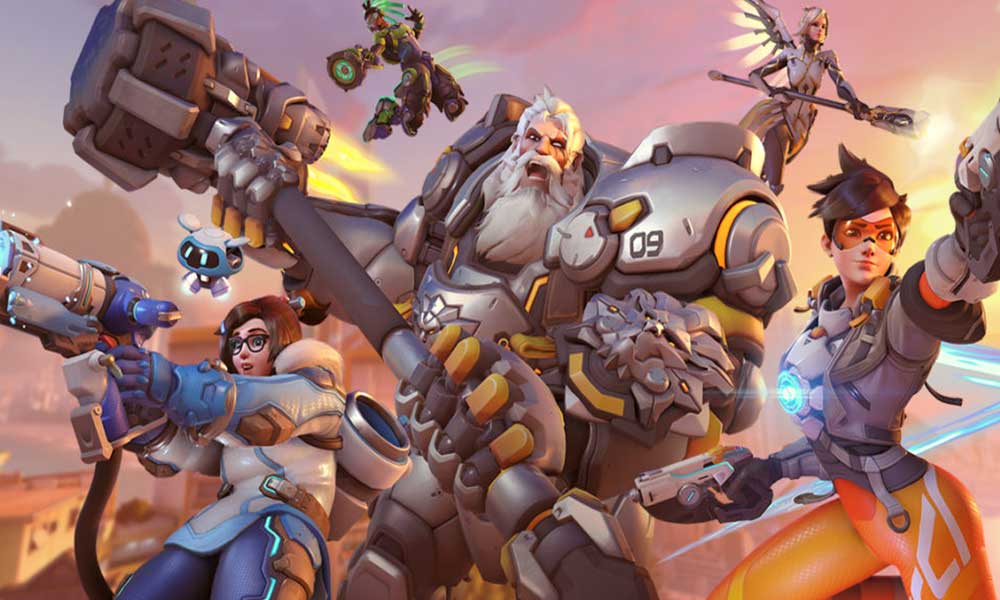
Page Contents
- Overwatch 2 Best Graphics Settings for 3070, 3080, 3090, 1060, 1070, 2060, 2080, and More
- 1. Check System Requirements
- 2. Get a Minimum of 60 FPS with Optimal Graphics Settings
- 3. Disable Mouse Acceleration on Windows
- 4. Adjustments for Nvidia Control Panel
- 5. Update Graphics Drivers
- 6. Switch to Dedicated GPU
- 7. Check for Game Updates
- 8. Verify and Repair Game Files
- 9. Close Background Running Tasks
- 10. Set High Priority in Task Manager
- 11. Disable Windows Firewall or Antivirus Program
- 12. Set High Performance in Power Options
- 13. Try Disabling Overlay Apps
Overwatch 2 Best Graphics Settings for 3070, 3080, 3090, 1060, 1070, 2060, 2080, and More
It’s worth mentioning that whenever PC gamers want to get better visual quality and a higher refresh rate or frame rate, more system resources as well as a powerful graphics card are required. So, it’s not possible for every PC gamer to achieve a 100+ FPS mark and that’s why the optimized in-game graphics settings come into the light. That means without losing too much visual quality and resolution, you’ll be able to play PC games at around 60 FPS.
If you don’t know, 60FPS gameplay is still considered the smoother (standard) gaming experience for PC and consoles. If your game consistently runs on 60FPS, you won’t feel any major visible lags or stutters during the intense gameplay sessions. Below that, you may start noticing reduced performance or lags which basically ruins the enjoyment of playing a PC or console game on a monitor or even on a bigger screen.
Whereas Intel CPU users require an external graphics card and Nvidia graphics cards are top in performance overall. Still, if you’re an entry-level Nvidia GT or GTX lineup graphics card on your PC and not getting satisfactory gameplay sessions with at least the 60 FPS mark on 1080p resolution then you should start tweaking the in-game graphics settings as per the performance. We’ve mentioned the best graphics settings for Overwatch 2 PC that you can check below.
Also Read
Overwatch 2 Stuck in Queue Error, How to Fix?
Fix: Overwatch 2 applying update stuck error
How to Fix Overwatch 2 Rendering Device Lost Error
What is VSync? Should You Turn it On or Off?
Is Overwatch 2 Crossplay or Cross-Platform?
Will GPU Prices Drop in 2023 or 2024?
How to Fix If Overwatch 2 Replays Not Showing
Best Ramattra Counters in Overwatch 2
1. Check System Requirements
Before jumping into any other workarounds or settings adjustments, you should ensure that your PC specification is compatible enough or not. We’ve mentioned the system requirements below that you can check out.
Minimum System Requirements:
- OS: Windows 7, Windows 8, or Windows 10 64-bit (latest service pack)
- Processor: Intel Core i3 or AMD Phenom X3 8650
- GPU: NVIDIA GeForce GTX 600 or AMD Radeon HD 7000
- Memory: 6 GB RAM
- Storage: 50 GB of available hard disk space
Recommended System Requirements:
- OS: Windows 10 64-bit (latest service pack)
- Processor: Intel Core i7 or AMD Ryzen 5
- GPU: NVIDIA GeForce GTX 1060 or AMD R9 380
- Memory: 8 GB RAM
- Storage: 50 GB of available hard disk space
2. Get a Minimum of 60 FPS with Optimal Graphics Settings
If you’re using an outdated or low-end PC configuration then tweaking the graphics settings in the Overwatch 2 game might help you to achieve an increased FPS count.
Best Possible Video Settings for Overwatch 2:
- Display Mode – Fullscreen
- Target Display – Best Match
- Resolution – 1920 x 1080 (Native, Monitor Refresh Rate – Maximum)
- Field of View – 103
- Aspect Ratio – 16:9
- Dynamic Render Scale – Off
- Render Scale – Automatic
- Frame Rate – Custom (200-300FPS)
- VSync – Off
- Triple Buffering – Off
- Reduce Buffering – On
- Nvidia Reflex – Enabled
- Gamma Correction – 2
- Contrast – 1
- Brightness – 1
Best Advanced Graphics Settings for Overwatch 2:
- Graphics Quality – Low to Medium
- High-Quality Upsampling – AMD FSR 1.0
- Image Sharpening – Default
- Texture Quality – Low to Medium
- Texture Filtering Quality – Low – 1x
- Local Fog Detail – Low
- Dynamic Reflections – Off
- Shadow Detail – Low to Medium
- Model Detail – Low
- Effects Detail – Low to Medium
- Lighting Quality – Low
- Antialias Quality – Off
- Refraction Quality – Low
- Screenshot Quality – 1x Resolution
- Ambient Occlusion – Off
- Local Reflections – On
- Damage FX – Default
Note: Of course, you’ll have to tweak a couple of options according to your preference or the compatibility of your PC. Some of the graphics and video settings depend on performance.
Also Read
3. Disable Mouse Acceleration on Windows
To be precise, a mouse acceleration feature basically improves the motion or movement of the mouse cursor/pointer on the screen. So that you won’t feel any kind of lag or jitter while moving the mouse pointer on the screen here & there. By disabling the mouse acceleration option on the system, you’ll be able to reduce the motion blur or jitter of the mouse pointer movement while gaming which can also help in reducing in-game stutters. To do that:
- Click on the Windows logo on the taskbar.
- Type mouse settings in the Start menu search bar.
- Click on Change your mouse settings > Click on Additional mouse options.
- Now, select the Pointer Options tab.
- Make sure to Uncheck the Enhance Pointer Precision box.
- Click on Apply and then OK to save changes.
4. Adjustments for Nvidia Control Panel
You can head over to the Nvidia Control Panel application and try performing the following adjustments to ensure your game will run slightly better without screen tearing.
- V-Sync (Vertical Sync) – OFF
- Tripple buffering – ON
- Maximum pre-rendered frames – 1
5. Update Graphics Drivers
You should try checking for the graphics driver update on your Windows PC and installing the latest version to ensure no update is pending at your end. An outdated or missing graphics driver can trigger issues with properly functioning graphics-intensive programs. To do that:
- Right-click on the Start Menu to open up the Quick Access Menu.
- Click on Device Manager from the list to open the interface.
- Now, you’ll need to double-click on Display adapters to expand it.
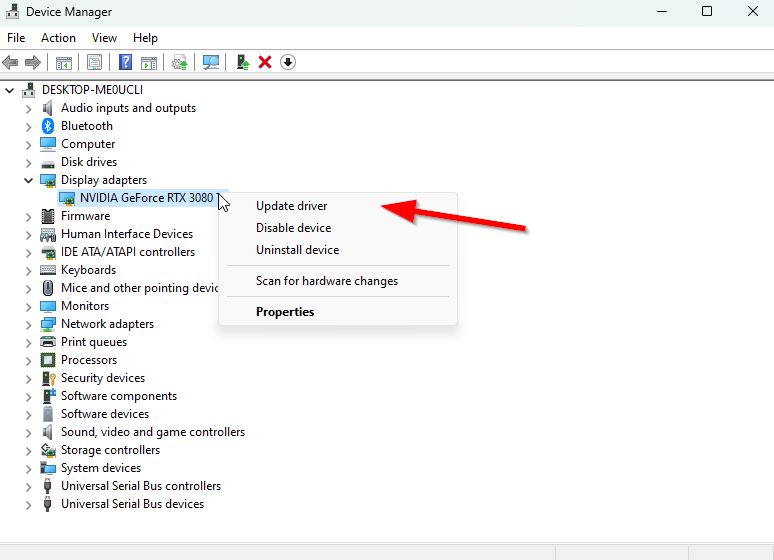
- Then right-click on the dedicated graphics card name you’re using to bring the context menu.
- Next, click on Update driver > Choose Search automatically for drivers.
- The system will automatically check for the available update.
- If an update is available, it’ll automatically download and install the latest version.
- Once done, make sure to restart your PC to apply the changes.
If you can’t find any pending updates then just head over to the official website of Nvidia website below and search manually for the latest update. If a new version is available for the graphics card, just download the driver and install it on your PC. You can jump to the link below to do so:
6. Switch to Dedicated GPU
Sometimes the game may run with the integrated HD graphics on the PC that comes with the processors to handle minimal graphics tasks. But if you’re using an external Nvidia graphics card then make sure to switch the Overwatch 2 game to the dedicated GPU by following the steps below.
- Right-click on the desktop screen to open the context menu.
- Now, click on Nvidia Control Panel to open it.
- Head over to 3D Settings > Select Manage 3D Settings.
- Open the Program Settings tab > Choose Overwatch 2 from the drop-down menu.
- Next, select the preferred graphics processor for this program from another drop-down menu.
- Finally, your Nvidia GPU should show as High-Performance Nvidia Processor.
- Save the changes and reboot the PC.
7. Check for Game Updates
According to Blizzard Support, corrupted or damaged game files can cause a wide variety of problems and errors with game launching or gameplay. Mostly updating the game can resolve these issues in a jiffy.
- Open the Battle.net desktop app on your PC.
- Now, click on the Overwatch 2 icon that you’re trying to repair.
- Click on the cogwheel icon (settings) next to the Play button.
- Finally, select Check for Updates and wait for the process to be completed. [If there is an update available, make sure to download and install the game update]
Also Read
8. Verify and Repair Game Files
If in case there is an issue with the game files and they somehow get corrupted or missing, then make sure to perform this method to easily check for the issue.
- Launch the Battle.net client on your PC.
- Now, click on the Overwatch 2 icon that you’re trying to repair.
- Click on the cogwheel icon (settings) next to the Play button.
- Select Scan and Repair > Click on Begin Scan.
- Wait for the repair to finish > Once done, close the Battle.net desktop, and reboot the PC to apply changes.
9. Close Background Running Tasks
Unnecessary background running tasks or programs can eat up a lot of system resources like CPU or Memory usage literally reducing system performance. Hence, the startup crashing, lagging, and not loading issues appear quite often. Simply, close all the unnecessary background running tasks completely. To do this:
- Press Ctrl + Shift + Esc keys to open up the Task Manager.
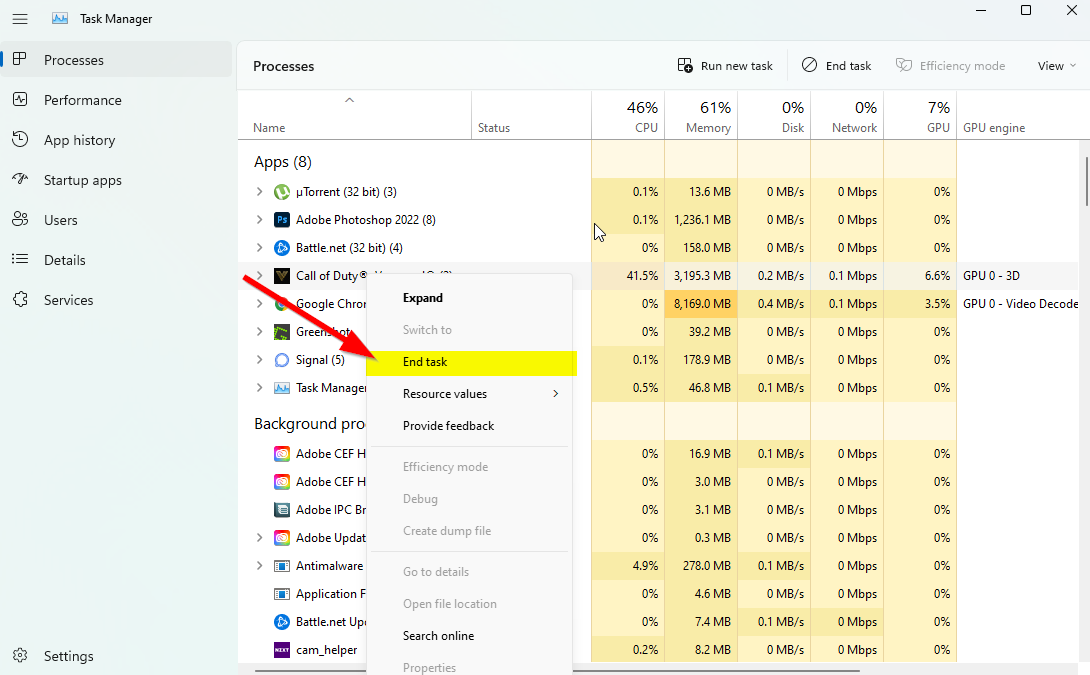
- Now, click on the Processes tab > Click to select tasks that are unnecessarily running in the background and consuming enough system resources.
- Click on End Task to close them one by one.
- Once done, restart your system.
Now, you can check whether you’ve fixed Overwatch 2 performance issues on your PC or not. If not, follow the next method.
10. Set High Priority in Task Manager
Make your game priority in the higher segment via the Task Manager to tell your Windows system to run the game properly. To do this:
- Right-click on the Start Menu > Select Task Manager.
- Click on the Processes tab > Right-click on Overwatch 2 game task.
- Select Set Priority to High.
- Close Task Manager.
- Finally, run Overwatch 2 game to check if it still has low FPS on the PC or not.
11. Disable Windows Firewall or Antivirus Program
The chances are that maybe your default Windows Defender Firewall protection or any third-party antivirus program is preventing the ongoing connections or game files from running properly. So, temporarily disable or turn off the real-time protection and firewall protection. Then you should try running the game to check if Overwatch 2 low FPS issues on the PC have been fixed. To do this:
- Click on the Start Menu > Type firewall.
- Select Windows Defender Firewall from the search result.
- Now, click on Turn Windows Defender Firewall on or off from the left pane.
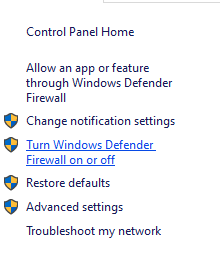
- A new page will open > Select the Turn off Windows Defender Firewall (not recommended) option for both the Private & Public Network Settings.
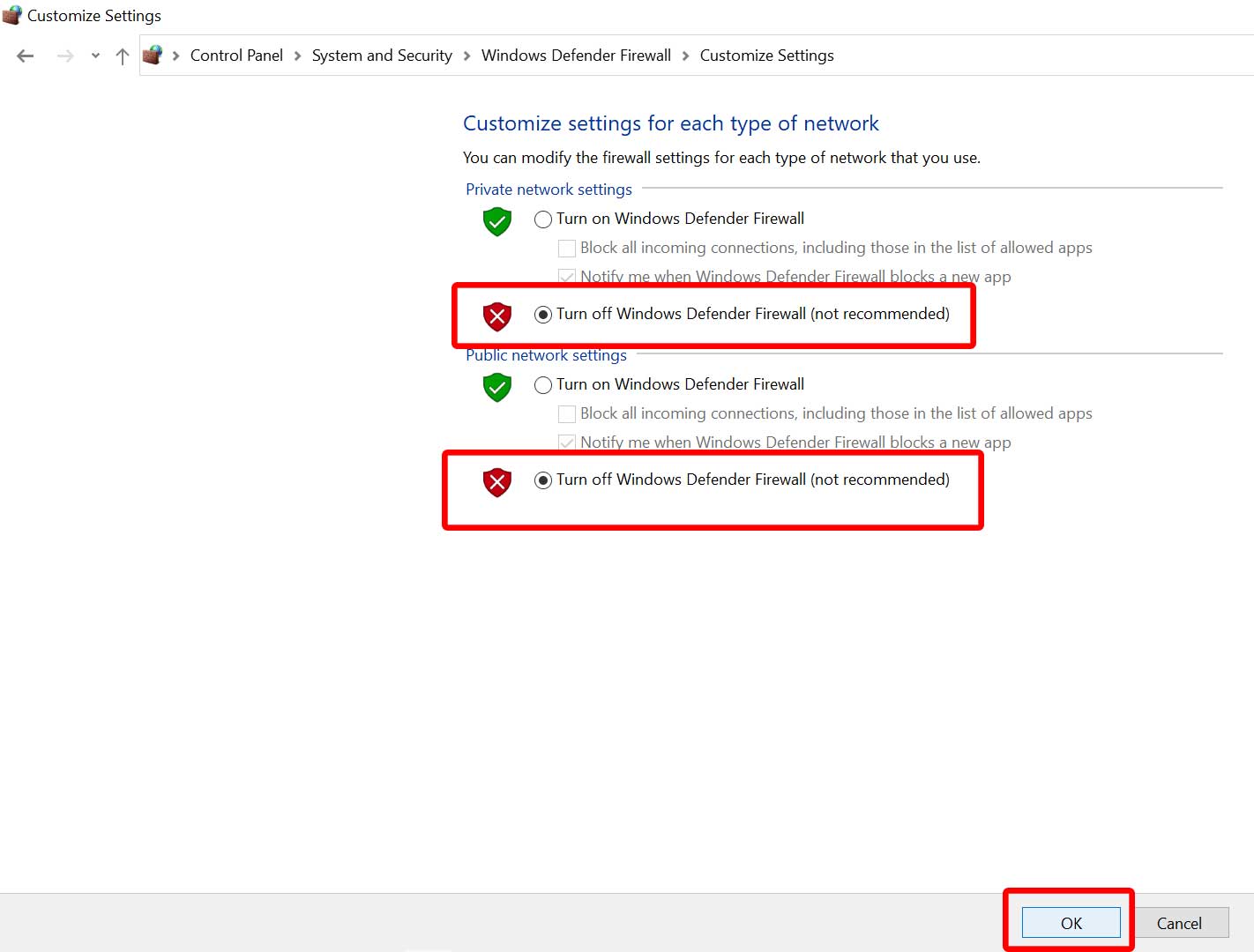
- Once selected, click on OK to save changes.
- Finally, restart your computer.
Similarly, you have to turn off the Windows Security protection too. Just follow the steps below:
- Press Windows + I keys to open the Windows Settings menu.
- Click on Update & Security > Click on Windows Security from the left pane.
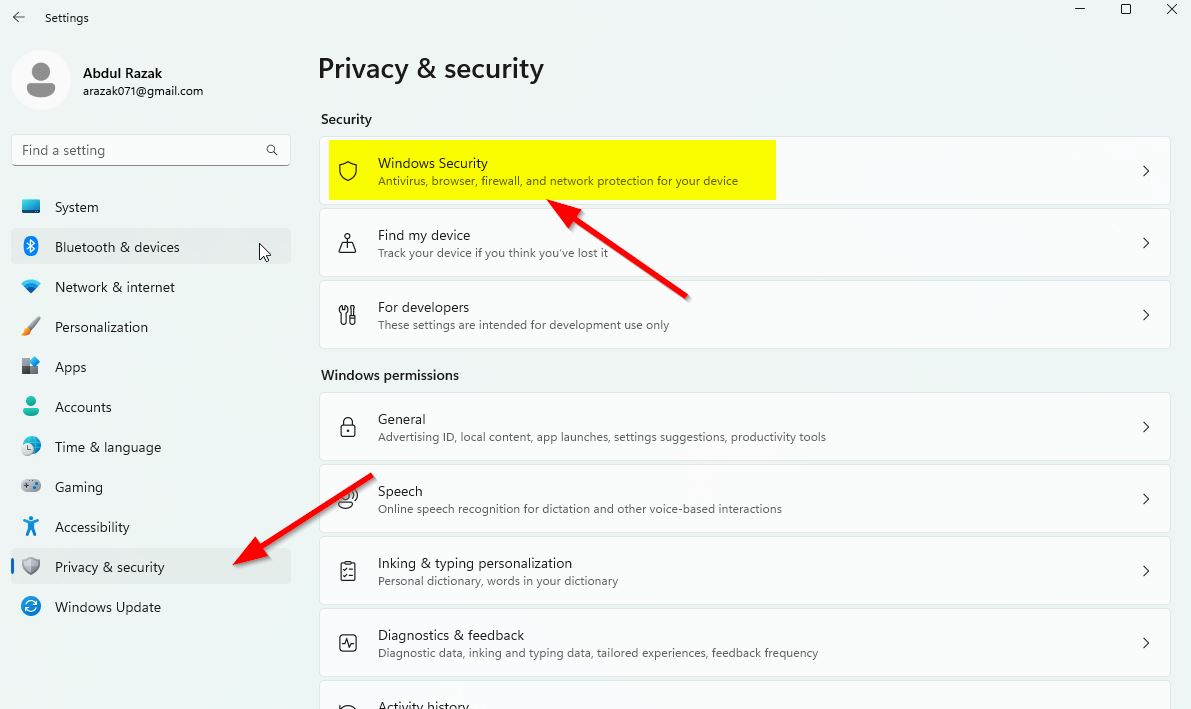
- Now, click on the Open Windows Security button.
- Go to Virus & threat protection > Click on Manage settings.
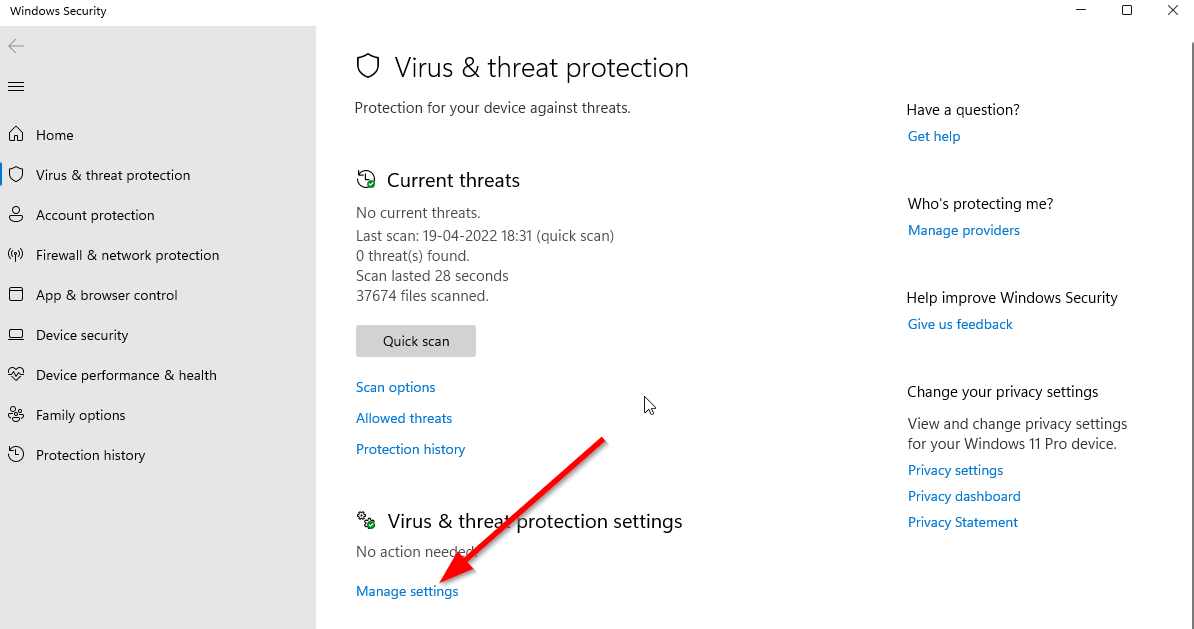
- Next, you’ll need to simply turn off the Real-time protection toggle.
- If prompted, click on Yes to proceed further.
- Additionally, you can also turn off cloud-delivered protection, Tamper protection if you want.
12. Set High Performance in Power Options
If, in case, your Windows system is running on the Balanced mode in Power Options, just set the High-Performance mode for better results. Although this option will take higher power usage or battery usage. To do this:
- Click on the Start Menu > Type Control Panel and click on it from the search result.
- Now, go to Hardware and Sound > Select Power Options.
- Click on High Performance to select it.
- Make sure to close the window and fully shut down your computer. To do this, click on the Start Menu > Go to Power > Shut Down.
- Once your computer is fully turned off, you can power it on again.
This should fix Overwatch 2 performance-related issues on your PC in most cases. However, if none of the methods worked for you, follow the next one.
13. Try Disabling Overlay Apps
It seems that a couple of popular apps do have their own overlay program that can eventually run in the background and cause issues with the gaming performance or even launching issues. You should turn them off to fix the issue by following the steps below:
Disable Discord Overlay:
- Launch the Discord app > Click on the gear icon at the bottom.
- Click on Overlay under App Settings > Turn on the Enable in-game overlay.
- Click on the Games tab > Select Overwatch 2.
- Finally, turn off the Enable in-game overlay toggle.
- Make sure to reboot your PC to apply changes.
Disable Xbox Game Bar:
- Press Windows + I keys to open Windows Settings.
- Click on Gaming > Go to Game Bar > Turn off Record game clips, screenshots, and broadcast using Game bar option.
If in case, you’re unable to find out the Game Bar option then just search for it from the Windows Settings menu.
Disable Nvidia GeForce Experience Overlay:
- Launch the Nvidia GeForce Experience app > Head over to Settings.
- Click on the General tab > Disable the In-Game Overlay option.
- Finally, restart the PC to apply changes and launch the game again.
Also, do keep in mind that you should disable some other overlay apps like MSI Afterburner, Rivatuner, RGB software, or any other third-party overlay apps that run in the background always.
Bonus: If you don’t want to mess with the in-game graphics settings, you can open the Nvidia GeForce Experience app. Then click on Optimize to get the optimized Overwatch 2 Settings immediately without manually adjusting graphics options.
That’s it, guys. We assume this guide was helpful to you. For further queries, you can comment below.
